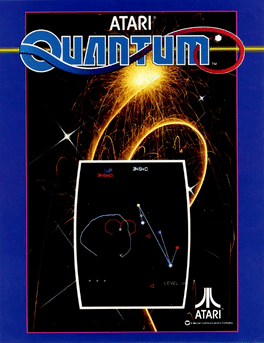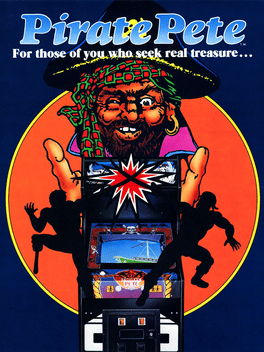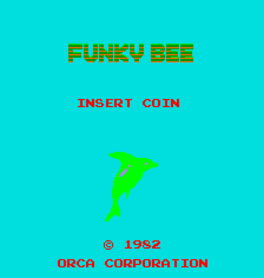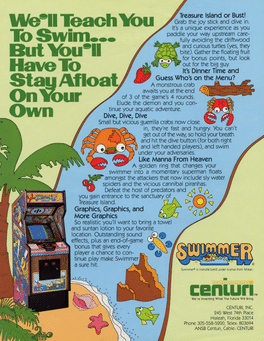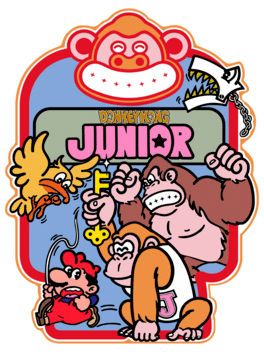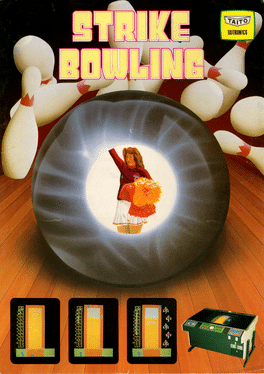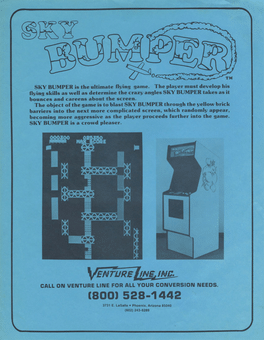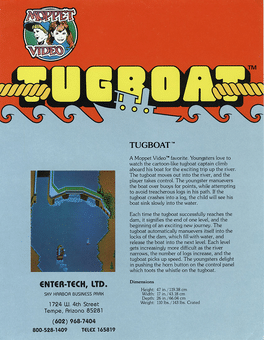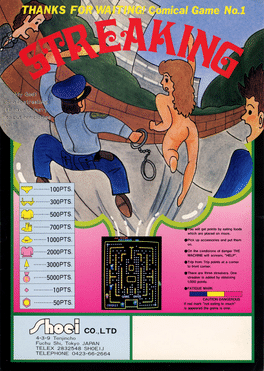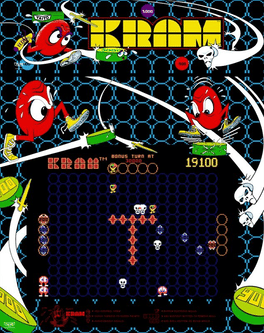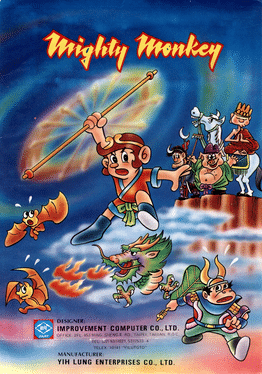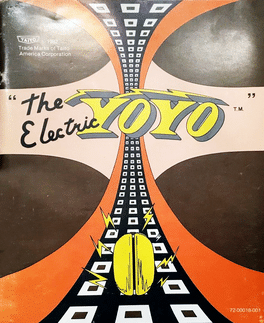New Arcade Games - Page 123
-
Anteater
1982
Anteater
1982
The player controls an anteater that elongates his proboscis through maze-like anthills eating ants. The player can only eat ants with the tip of the anteater's proboscis. If an ant bites your proboscis at any other location you lose a life. Pressing the second button will quickly retract the anteater's proboscis. Worms will not harm you unless eaten head first, in which case you lose a life. Worms can be safely eaten from behind. Eating queen ants at the very bottom of the nest will temporarily clear all ants and worms from the screen. Once the sun has travelled across the screen and night falls, a spider will appear. The spider climbs down the anteater's proboscis, taking a life if it touches the tip. The object is to eat all of the larvae before time runs out, clearing the screen. Each larva is worth 10 points. Each ant is worth 100 points, while eating a worm is worth 200 and multiplies the score you receive from eating ants by 1x (Ex. eating 5 ants +2 worms = 500 x 2 = 1000). Queen ants are worth 1,000. -
Bagman
1982
Bagman
1982
The objective of the game is to maneuver the bagman through various mine shafts, picking up money bags and placing them in a wheelbarrow at the surface of the mine. The player must avoid pursuing guards, moving ore carts, and descending elevators. The player may temporarily stun the guards by striking them with a pickaxe or by dropping money bags on them when they are below the player on the same ladder. The player may move between the three screens which make up the level via shafts and on the surface. -
Quantum
1982
-
Pirate Pete
1982
Pirate Pete
1982
A renamed Port of "Jungle Hunt/Jungle King" Taito distributed a less successful rebranding of Jungle Hunt as "Pirate Pete" in 1982. Jungle King, along with Moon Patrol released a month earlier, is one of the first video games which has parallax scrolling. -
Battle Cross
1982
Battle Cross
1982
A shooter where fleets of ships fly in from either of the screen and loop around in formation. The player may move around the screen in any direction. -
Zektor
1982
-
Funky Bee
1982
-
Swimmer
1982
-
Donkey Kong Junior
1982
Donkey Kong Junior
1982
star 7.2Donkey Kong Junior is the direct sequel to Donkey Kong. In this game, Mario plays the antagonist, finally having captured Donkey Kong, and has put the ape in a locked cage. As Donkey Kong Jr., players will have to make their way through four different levels (Vines, Springboard, Chains and Mario's Hideout) in an attempt to find keys to free the little monkey's father. -
Strike Bowling
1982
-
Sky Bumper
1982
Sky Bumper
1982
Use the joystick to loop your plane and make points by blasting enemy helicopters. Shoot the gates to move from one area to the next. A neat feature is the ability to bounce off 'borders' with your plane, like a bumper car. -
Tug Boat
1982
-
Super Locomotive
1982
Super Locomotive
1982
You control a train that must get to the station by avoiding or shooting enemy trains. -
Streaking
1982
-
Kram
1982
-
Megadon
1982
-
Sky Base
1982
-
Runaway
1982
-
Mighty Monkey
1982
Mighty Monkey
1982
This game is based on the ancient Chinese legend of "Monkey". The player scrolls through waves of enemies, avoiding rocks and platforms along the way. -
The Electric Yo-Yo
1982
The Electric Yo-Yo
1982
You play a Yo-Yo whose job is to collect all the dots on a level while avoiding enemies. Certain dots make you immune to attack from the smaller enemies, but not the main enemy.


